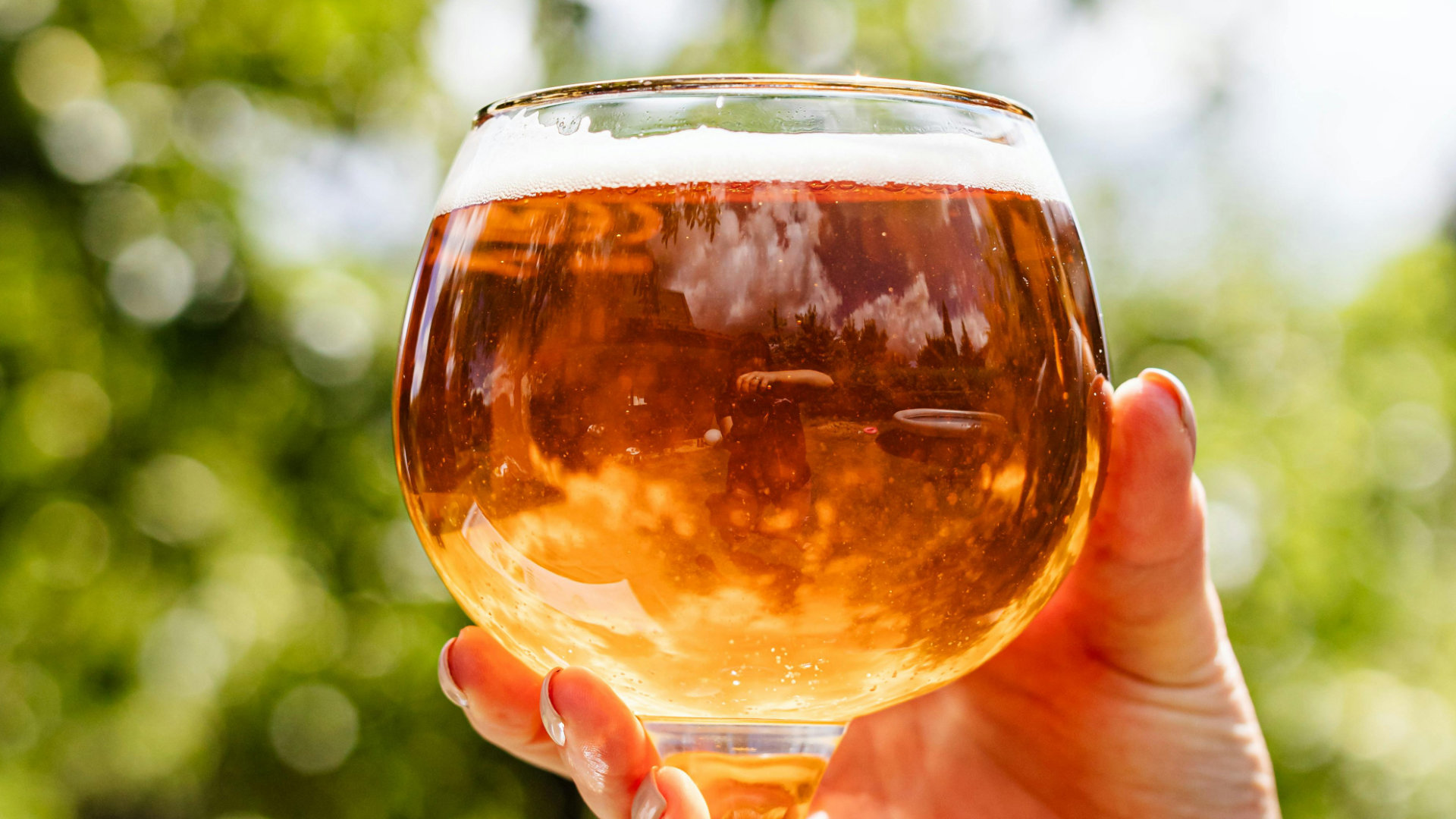Kveik (pronounced keh-vike) is not a style of beer but a type of yeast. These yeasts contain multiple domesticated strains of S. cerevisiae and form a distinct sub-family of Norwegian farmhouse yeasts. These unique yeasts were passed down from generation to generation - often shared with neighbouring homebrewers - so were somewhat of a legacy.
Originally used in traditional farmhouse brewing along with other historical methods such as infusing the mash or boiling with juniper, kveik is now also used to make various other styles following its recent spread throughout the world thanks to efforts by Lars Marius Garshol and Håken Hveem. It’s a fascinating story and I can highly recommend digging into it on Lars’s website: www.garshol.priv.no/blog
Used correctly, kveik can produce some great brews. So let’s take a look at what makes it such an exciting yeast:
Quick fermentation (can be complete within 36 hours) so you get to drink your brew much sooner. This also frees up your ferm vessel so you can get another brew on the go ASAP! And you don’t need the maturation times that are common with regular yeast.
Non-phenolic & temp tolerant - creates clean beers at high fermentation temperatures without off flavours and aromas or harsh alcohols.
Fluctuations in temperature won’t negatively impact your beer as with other yeasts.
High alcohol tolerance (13 -16%) - great for the quick turnaround of high ABV barley wines and imperial stout.
High flocculation rate - some strains can drop out to a clean beer in as little as three days.
Can be safely harvested and reused - bottom and/or top cropped, depending on the strain. The simplest way to store it is in the fridge as a slurry. But you can also dry it: spread the slurry on baking paper and dry in a food dehydrator, a warm room or at 30°C in your oven (leaving the oven door slightly open). Then crumble into pieces and store in an airtight container in the freezer where it can be stored for a good few years. Harvest early to avoid bacteria build up!
Beer Styles
Obviously, you can use kveik yeast to create a farmhouse style beer where kveik is one of the key taste elements. But resist the urge to use lots of craft-style hops or you’ll mask the yeast flavour profile.
But you can use also kveik yeast for brews where you would normally use an English ale yeast. Think IPA, hazy IPA, APA, stout, porters, etc. Or high ABV barley wines and imperial stout. It can also be used in cider and mead.
Escarpment Laboratories have noted that kveik lowers pH more than your average yeast, so if you’re going for a crisp, clean beer you might want to use water with higher buffering capacity (mineral additions).
Flavour Profiles
Kveik yeast flavour profiles are generally ester-driven. But the yeasts are genetically diverse so each strain has their own flavour profile. Here are some of the commercially available strains available online:
WHC Framgarden: brings tropical fruit - pineapple, mango - to the party.
Temp: 32 - 38°C | Flocculation: High Attenuation: 73-78%
Yeast Bay WLP4045 Sigmund’s Voss Kveik: light earthy spiciness, marked tartness and unique ester profile of orange peel. Pairs well with citrusy, fruity hops.
Temp: 21 - 38°C | Flocculation: Medium-High | Attenuation: 78 - 83% Alcohol Tolerance: High
OMEGA Yeast OYL-091 Hornindal Kveik: Tropical fruit flavour with complex aroma - works well with fruit-forward hops and the “C†hops.
Temp: 22 - 37° C | Flocculation: High Attenuation: 75-82%
Alcohol Tolerance: 12-16%
OMEGA Yeast – OYL-090 – Espe™ Kveik: lychee, pear, and tropical fruit cup. Bolsters the sweet aromatics of modern IPAs, but versatile enough for your flagship pale ale or seasonal brew. Most expressive when fermented at 32°C+.
Temp: 20–37° C | Flocculation: Medium | Attenuation: 75-80% | Alcohol Tolerance: 12%
OMEGA Yeast OYL-057 Hothead® Kveik: Norwegian in origin, from the Stranda Kveik. Unique honey-like aroma with overripe mango. Suits modern, fruity hops.
Temp: 22–37° C | Flocculation: Medium-High | Attenuation: 75-85% Alcohol Tolerance: 11%
Read more about the original kveik and farmhouse strains: https://www.garshol.priv.no/download/farmhouse/kveik.html
Score dried kveik flakes direct from Norway!
Try #8 Tormodgarden/Saure owned by Sigurd Johan Saure.
Alcohol Tolerance: 15% | Attenuation: 79% | Max growth temperature: 42°C
Sigurd Johan also offers some amazing courses in traditional brewing on the same 16th century Norwegian farm where his kveik yeast originated. One for the bucket list!
www.kveiktraining.com
Pitching
Use dried kveik flakes like traditional Norwegian farmhouse ale brewers, or a wet slurry, harvested from a previous batch or a starter. Or buy commercial kveik strains. These yeasts ferment really quickly so you’re going to see lots of activity within just 30 minutes (even with dried yeast).
Bring out the yeast profile by under pitching. Lars Marius Garshol recommends one teaspoon of slurry for 25 litres of wort (approx 1 million cells per millilitre regardless of OG) but be sure to oxygenate it by pouring the cooled wort into the fermenter from waist height.
Commercial Kveik Brews
If you want to try some brews crafted with kveik then look out for The Kernel Brewery’s Foeder Kveik Pale Ale (4.7%), dry hopped with Citra. Order from:
store.thekernelbrewery.com
And there’s Green Curve Kveik IPA (6.5%) - the collab brew between North Brewing Co (UK) and US-based Still Water Artisanal. Packed with oats for a thick and creamy mouthfeel it’s dry hopped with El Dorado and Sabro, delivering juicy peaches, soft fleshy mango and a hint of coconut. Made with the Voss strain. Available from Tesco stores.











